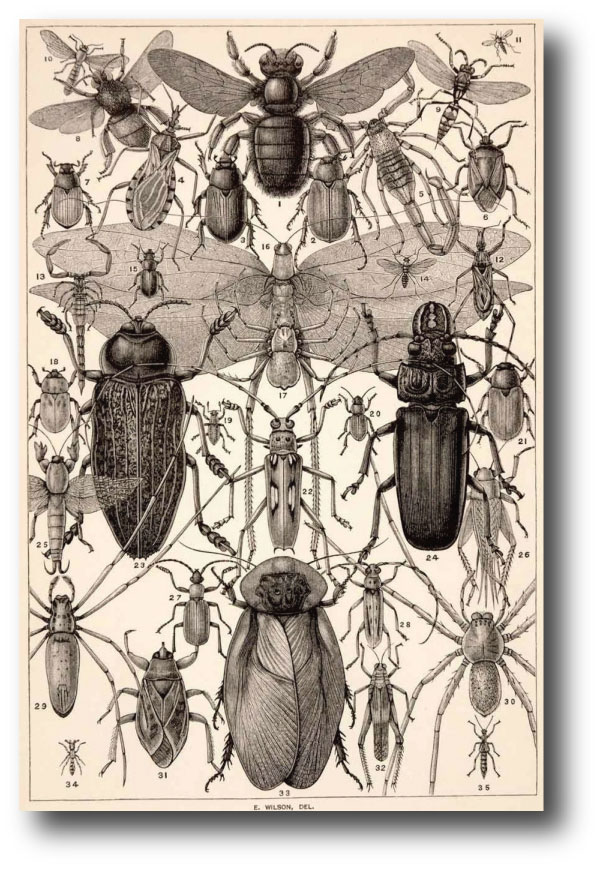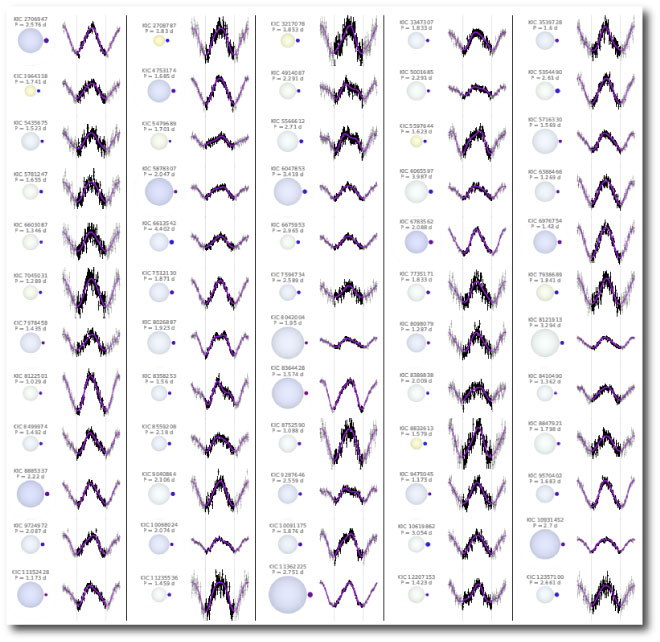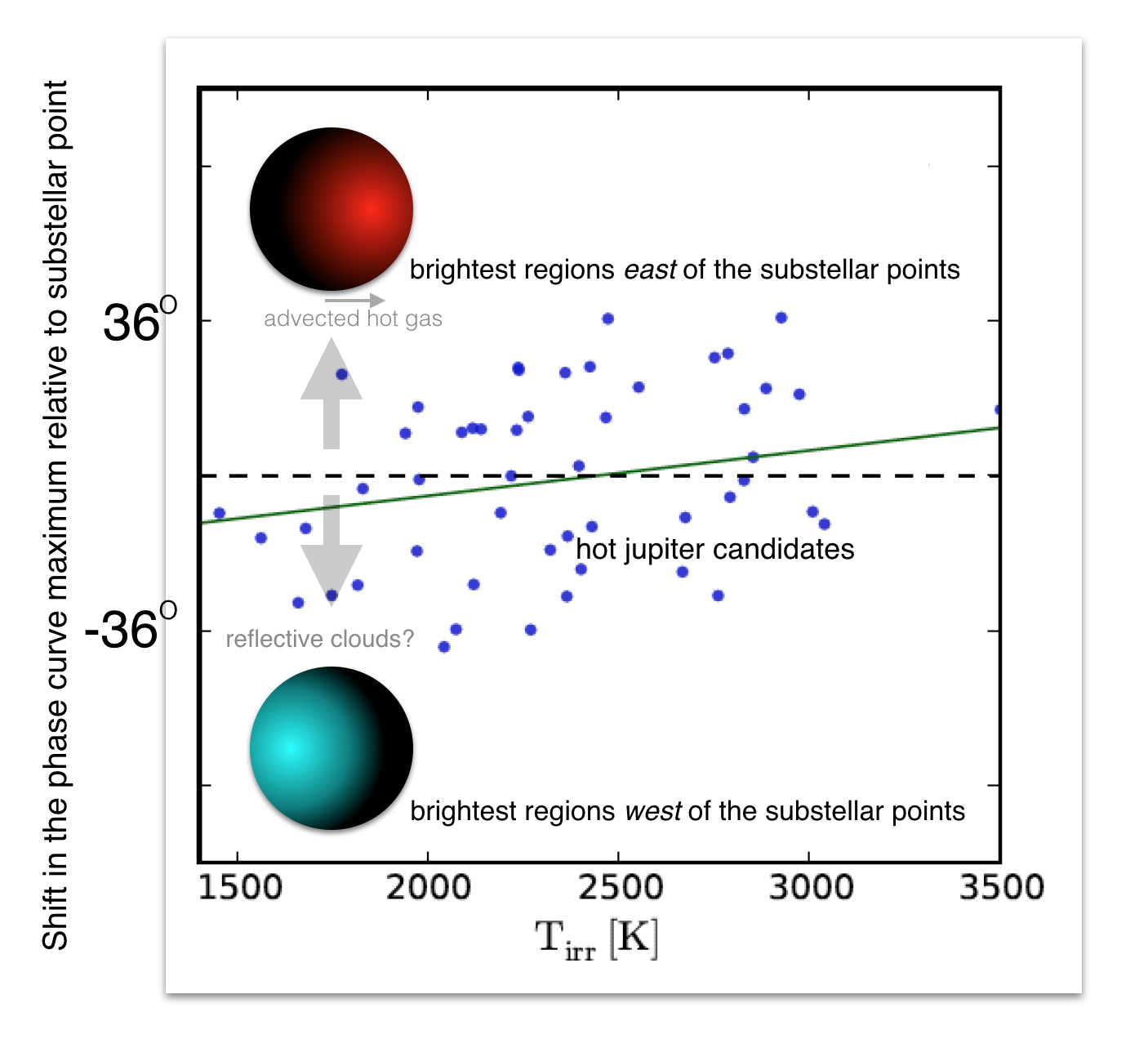There’s no denying the fundamentally alien climates on the hot Jupiters. It’s not clear, however, how hot Jupiters form, and it’s not clear why so many of them are badly distended. Moreover, it’s only vaguely clear what the weather patterns on one would look like up close. (One thing that is clear is that the flights would all be canceled).
Hot Jupiters are rare, but not overwhelmingly so. Something about the planet formation process causes about one in two hundred sun-like stars to end up stuck with one. In the original Kepler field, there are about 150,000 stars with light curves, and so about 750 hot Jupiters total are lurking in that population. Some of them, of course, are observable in transit, but as yet, most have gone undetected.
Yale graduate student Sarah Millholland has a new lead-authored paper out which uses supervised learning techniques to identify sixty high-probability non-transiting hot Jupiter candidates among the Kepler stars. The basic idea is that the phase curves of the planets, some of which have photometric amplitudes of several dozen parts per million or more, can be teased out of the noise and the stellar variability. After an involved process of sifting, the candidates (along with their supporting light curves) can be presented for a screen test:
[Full resolution version here]
Some members of the Kepler hot Jupiter class portrait will prove to be imposters (just like #5, #13, #29, and #30 in the nineteenth-century insect woodcut above). Doppler velocity observations — the equivalent of counting the number of legs on the arthropods — will provide a more definitive list. If you want to weigh in on the odds that these candidates are predominantly real, there’s a fresh Metaculus question that pools community input regarding the fidelity and prospects for confirmation of the members of the sample.
One might reasonably wonder, what’s the utility of yet another tray of bugs, smothered with ether and pinned to cards?
One superb benefit from gathering sixty non-transiting hot Jupiters that are detectable in the optical region is that trends in the planets’ surface temperature variations — that is, the weather maps — can be elucidated with a far larger sample than was previously available. Sarah’s candidates support an interesting trend in which cooler planets (relatively speaking, of course) are posited to have reflective clouds to the west of the substellar point, whereas hotter hot Jupiters are consistently advecting the most strongly optically radiating gas downwind from high Noon.
For detailed information on the individual candidates, visit Sarah’s website, and if you are at the Kepler Science Conference, she’ll present the details during Friday’s session.




Hi Greg,
Very nice work. By the way, are any of the systems believed to be young ?
Say no older than ~50 Myr.
Thanks
David